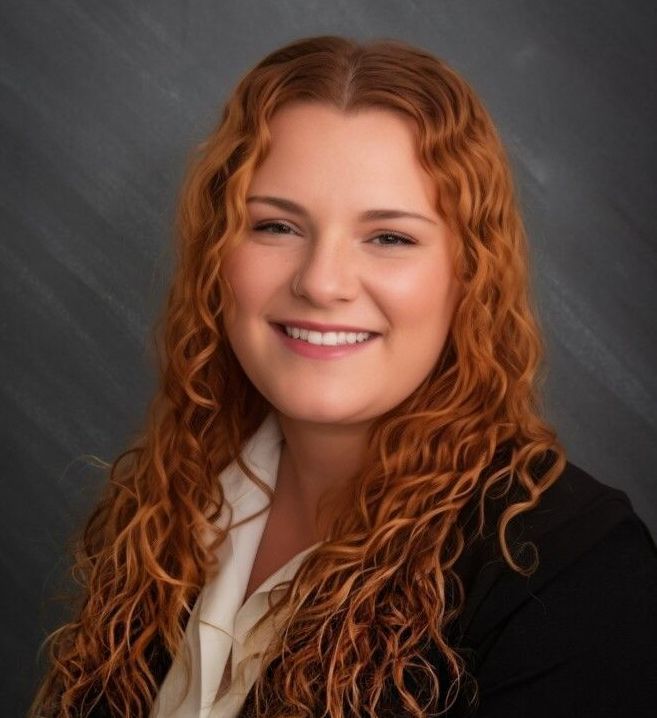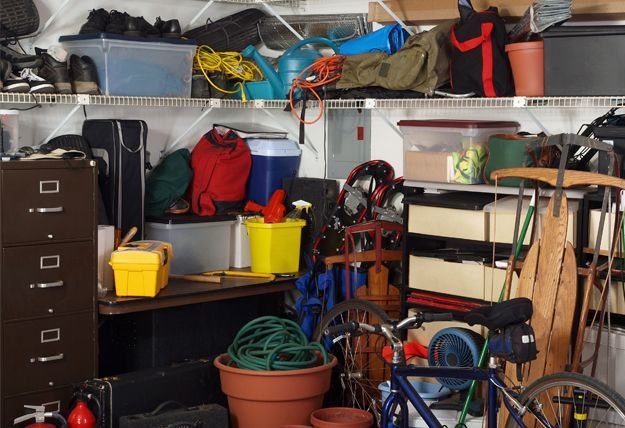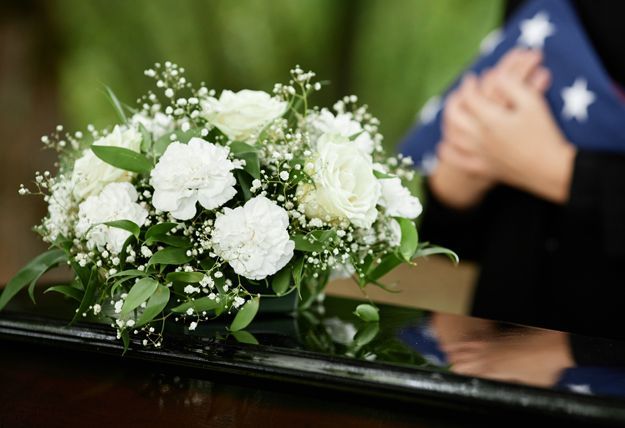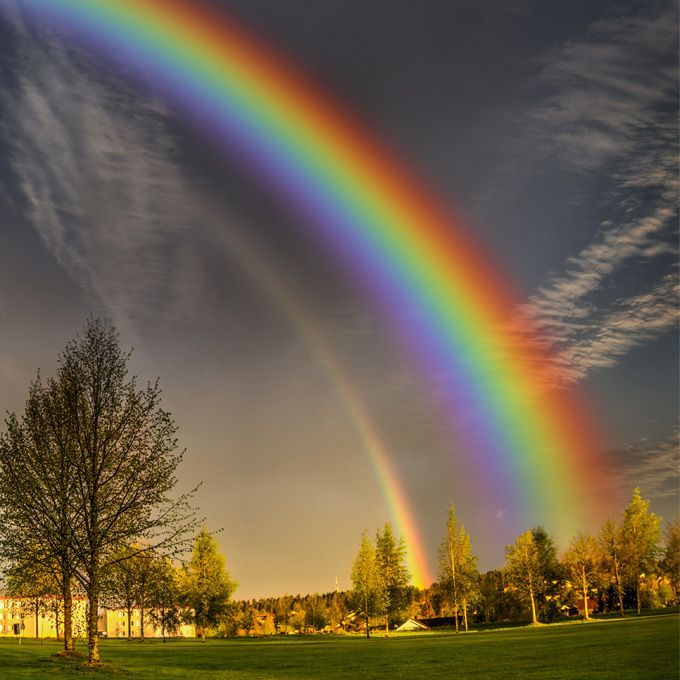Wind Phones Connect Us With Those We’ve Lost
For many people, not being able to talk with friends and family who have died is a part of their ongoing grief.

We all experience grief at some point in our lives, but many of us avoid talking about it. Our society is uncomfortable talking about the loss of a loved one. There is an expectation that mourners should be able to “move on.” But you don’t move on — you move forward.
For many people, not being able to talk with friends and family who have died is a part of their ongoing grief. Imagine being able to pick up the phone and talk to them again — to tell them, “I love you," how much you miss them, or what's been happening in your life.
Our need to talk to those who have died became a reality in 2010 in Japan, when garden designer Itaru Sasaki got an idea while mourning the loss of his beloved cousin. He installed an old-fashioned phone booth in his garden with an unwired rotary phone. Sasaki used the phone to connect with his cousin, dialing him up and talking with him about what was going on in his life. It helped him cope with his grief.
Sasaki called it a “wind phone.” He felt that no terrestrial connection was needed to talk to the departed because your words are carried to your loved one by the wind.
Next to a bench by Sasaki’s wind phone booth, a plaque reads: “This phone will never ring. It is connected by love to nowhere and everywhere. It is for those who have an empty place in their heart left by a loved one. Say hello, say goodbye. Talk of the past, the present, the future. The wind phone will carry your message.”
Initially, Sasaki's phone was intended for his own private use, but after the 2011 Tōhoku tsunami, Sasaki opened the wind phone to the public to help the community grieve the 15,000 people that were killed in that tragic event. It became a place of solace for thousands of visitors.
Since the creation of the first wind phone in 2010, other installations have appeared around the world — first in other parts of Japan, and then in other countries. An old-fashioned rotary phone is an almost universal feature of wind phones. Some theorize that the act of dialing a rotary phone, something we no longer do in our daily lives, emphasizes that these calls to loved ones are special.
In America, you can now find wind phones across the country. Over 150 wind phones have popped up across the United States. To track the wind phones and let people know where they are located, Amy Dawson created the website My Wind Phone — www.mywindphone.com — to honor her late daughter, Emily. Her goal was to provide people with a place to normalize grief and give them a useful tool to help them express their feelings.
The website listing includes wind phones in the U.S., Canada, Japan, Australia, New Zealand, and Europe. The phones are located in cemeteries, neighborhoods, parks, and along trails.











